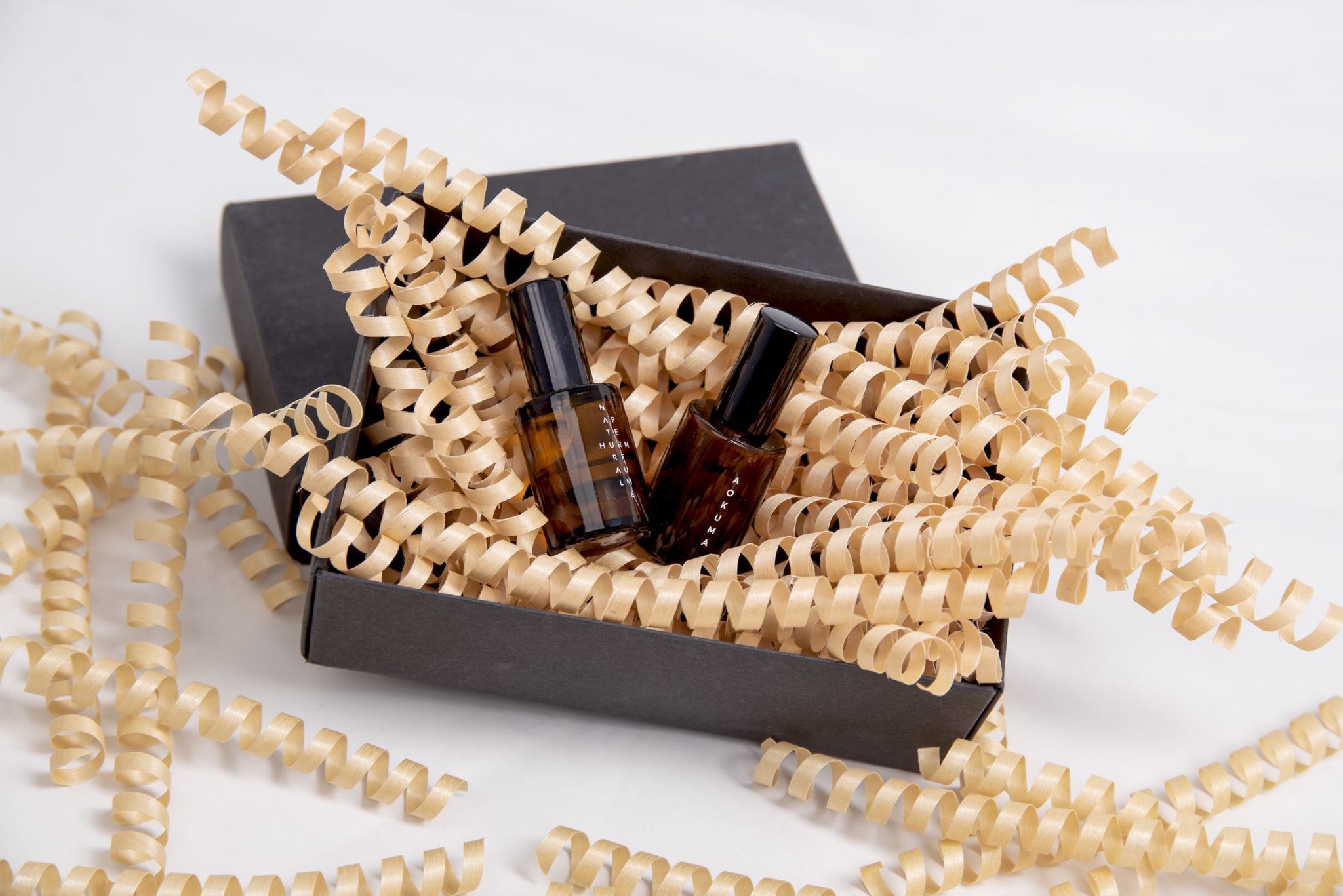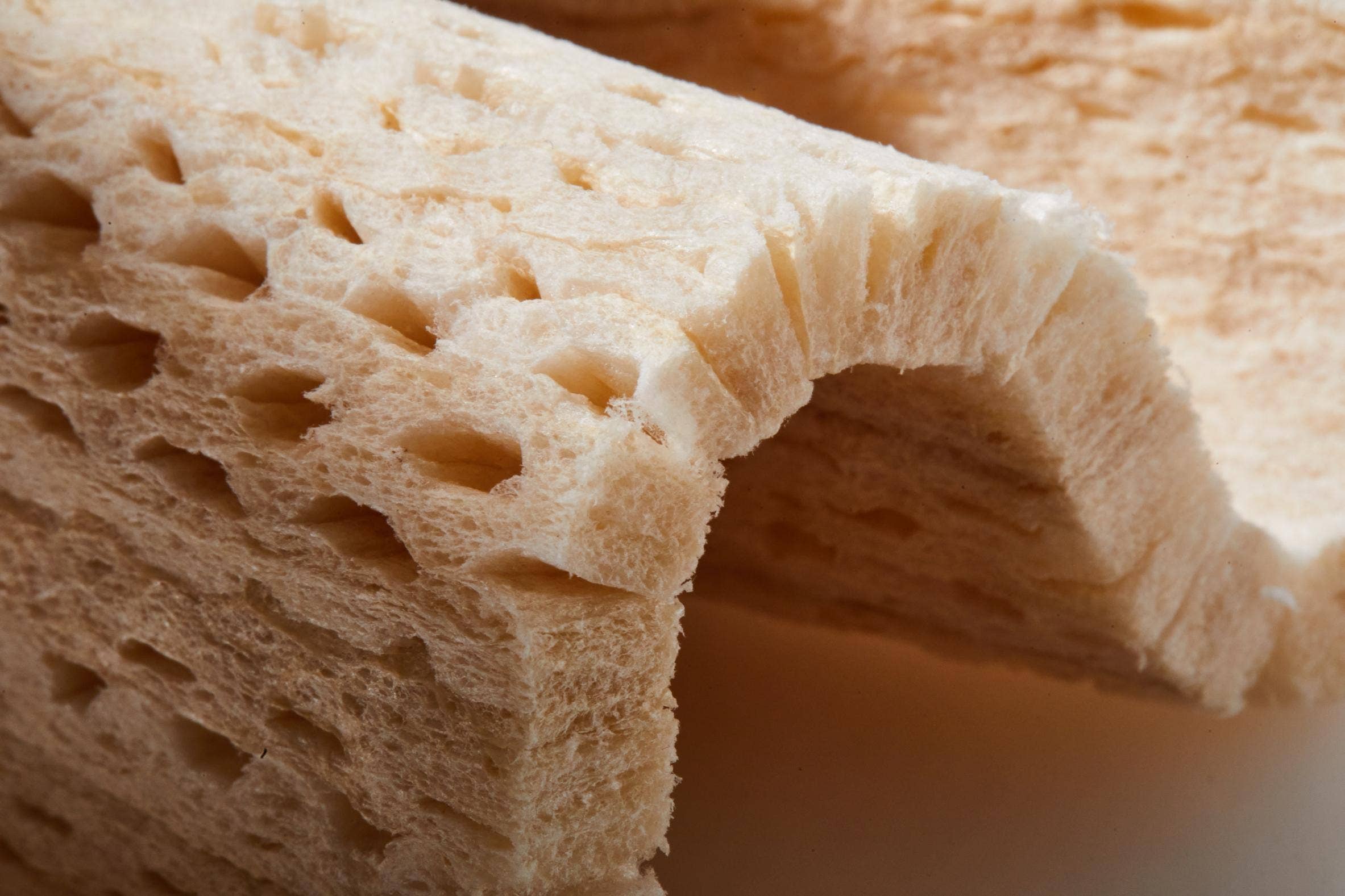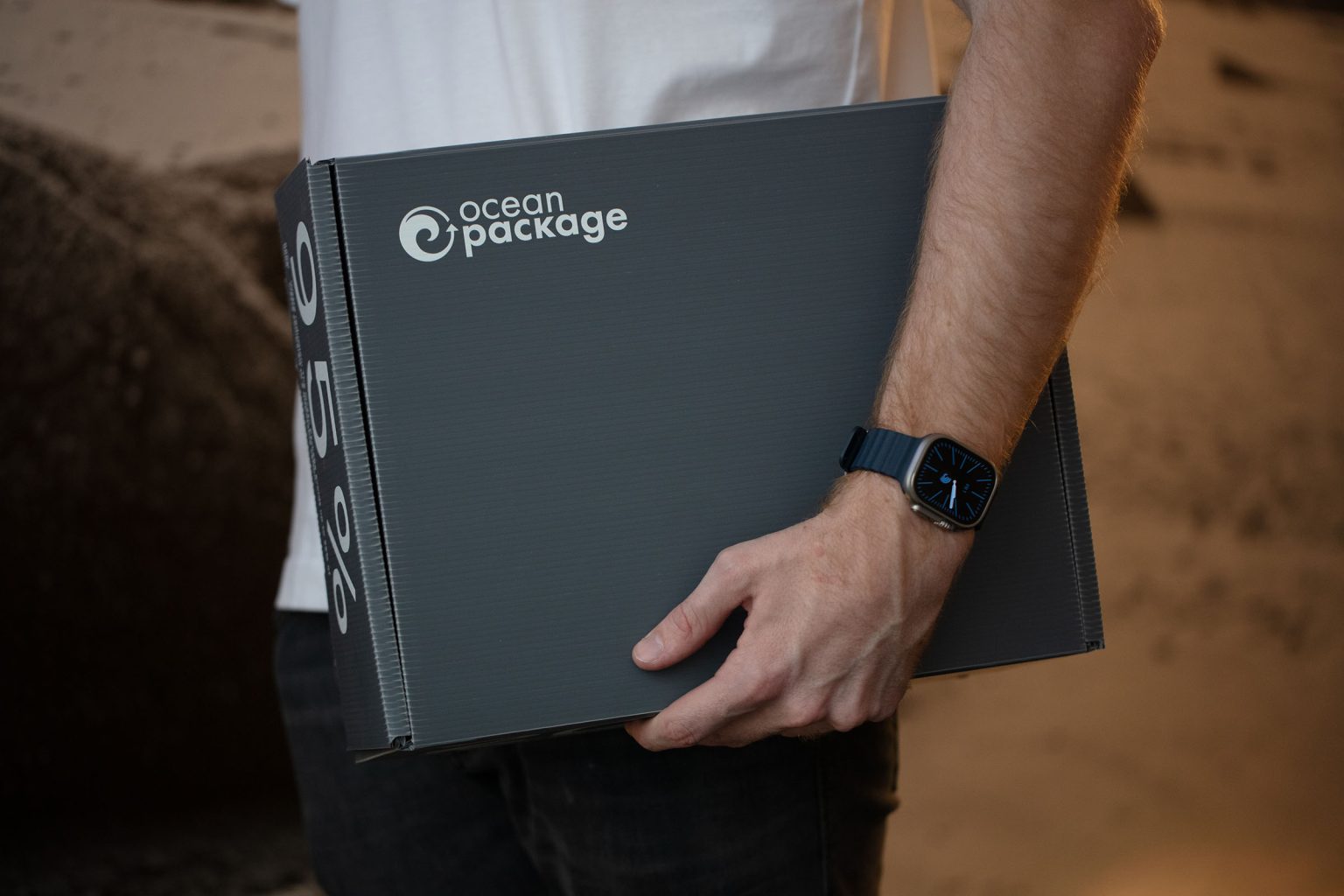
Is Premium the Future of Packaging?
Packaging is undergoing a profound and multidirectional transformation—one that extends beyond materials to question the very purpose and perception of packaging itself. The gradual implementation of the regulatory framework set out by the PPWR is being welcomed by an industry eager for clarity. At the same time, however, it demands a complete rethink of established packaging approaches.
From minimizing empty space—by designing more compact, transport-efficient formats—to exploring new solutions and embracing reusable systems, innovation is taking many forms. This shift is leading to more aesthetically refined packaging, not only for luxury items like perfumes but also for everyday consumer products such as household detergents.
Beyond these individual strategies, a broader ambition is emerging: to reframe how packaging is perceived, making its value and environmental impact more visible. Packaging is no longer something to be taken for granted; rather, we are entering a phase where its presence may be reduced—but simultaneously elevated.
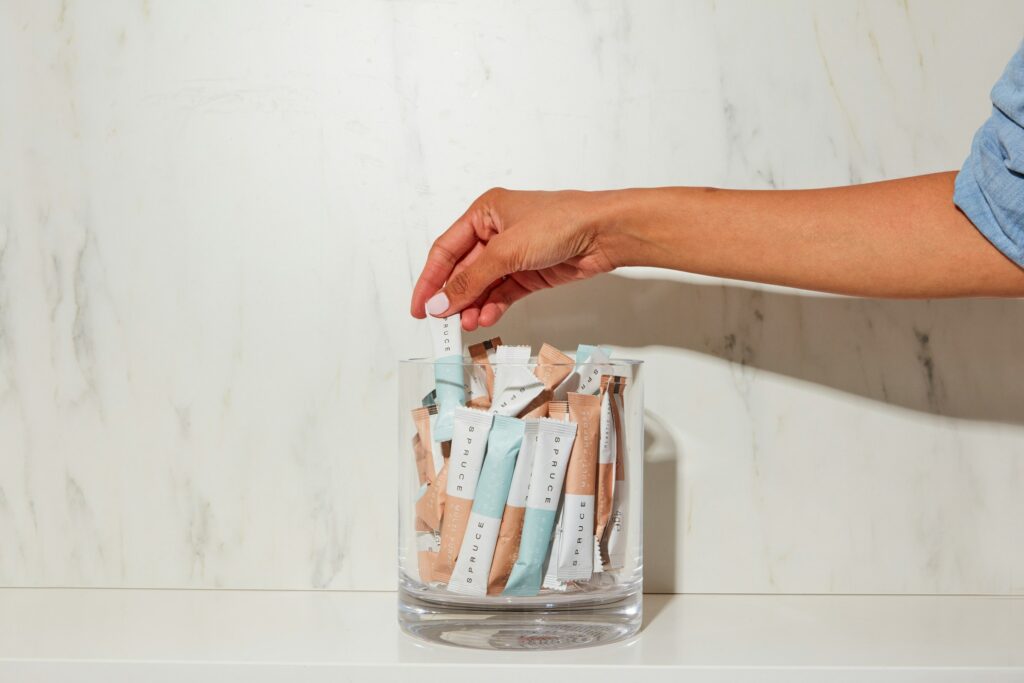
More and more brands are turning to reusable models, giving consumers the option to refill their favorite products. According to Grand View Research, the rise of more conscious consumerism is prompting shoppers to prioritize sustainability, recyclability, and reusability when making purchase decisions. This behavior is fueling demand for refill stations, reusable containers, and refill pouches—particularly in the personal care, home cleaning, and food and beverage sectors.
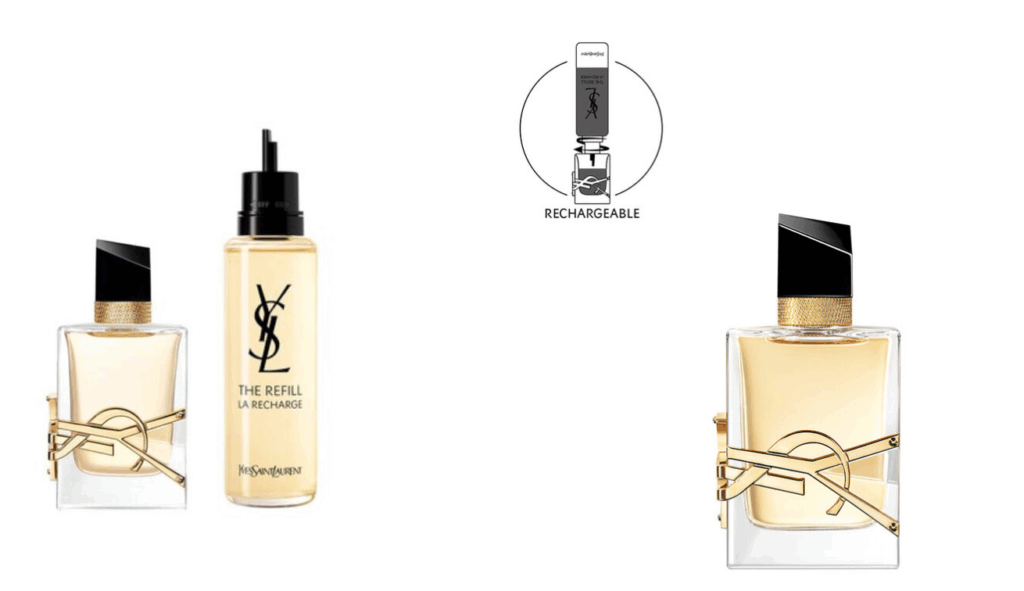
Luxury is one of the sectors where this transformation is most visible. A notable example is Libre by YSL, an eau de parfum sold in a bottle with a refillable dispenser. Compared to the repeated purchase of three 50 ml disposable bottles, opting for a 100 ml refill combined with the original bottle cuts material use significantly—according to the brand.
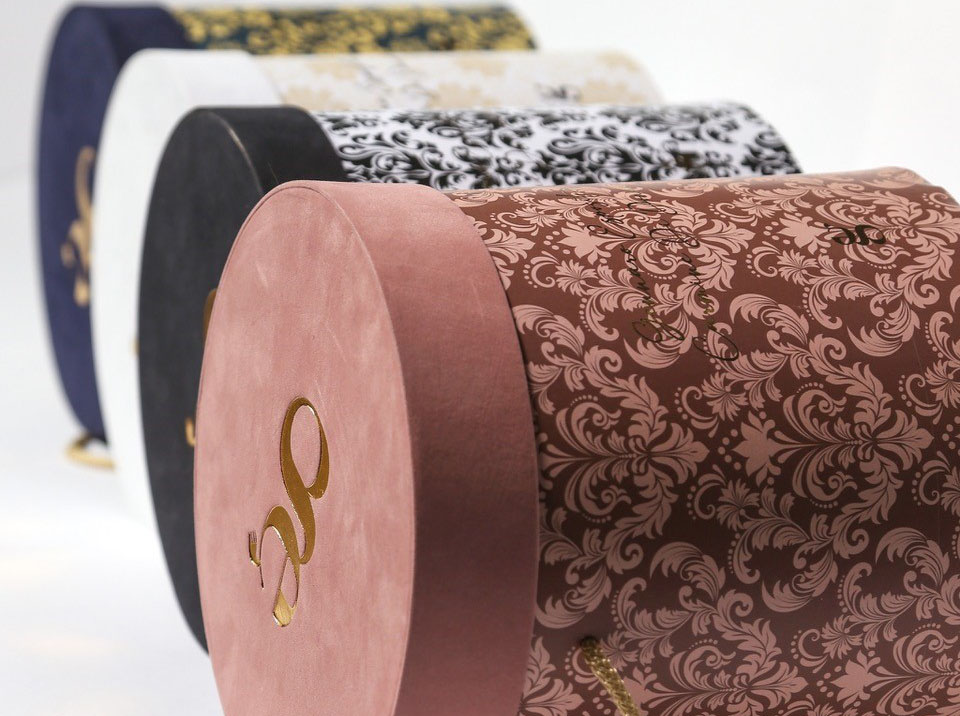
In the food industry, packaging is being re-evaluated through its design and construction—especially within seasonal and festive confectionery. Here, packaging not only serves an evocative purpose—evoking craftsmanship and tradition—but is also designed as a functional accessory: something to be reused at the table or repurposed creatively.
More broadly, some emerging companies are actively redefining the role of packaging—turning it into the foundation of entirely new business models.
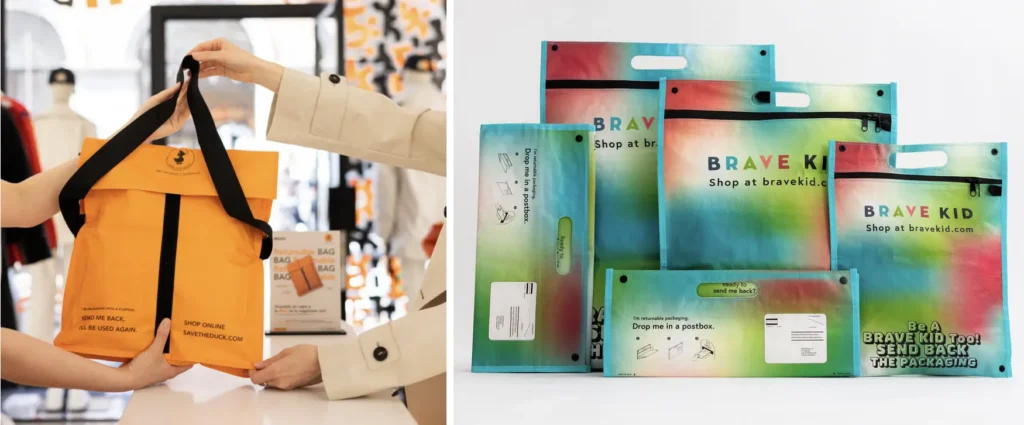
For example, Save The Duck and Brave Kid have adopted Movopack’s reusable solutions, engineered to withstand multiple cycles of use without losing structural integrity. The materials are suitable for cleaning and sanitization, enabling long-term reuse. Once no longer needed, the packaging can be returned via post—like a pre-addressed postcard.
Ocean Package, meanwhile, offers honeycomb polypropylene boxes designed for e-commerce. These elegant, reusable containers are intended to replace single-use cardboard with a more durable and sophisticated alternative.
In conclusion, while the industry moves toward eliminating superfluous packaging, it’s just as important to reimagine packaging design in ways that restore its intrinsic value. Packaging should clearly communicate its purpose and quality—becoming a meaningful part of the product experience and a driver of perceived value.
Are you ready to rethink your packaging—starting with the materials?
Contact us for a free consultation session.

